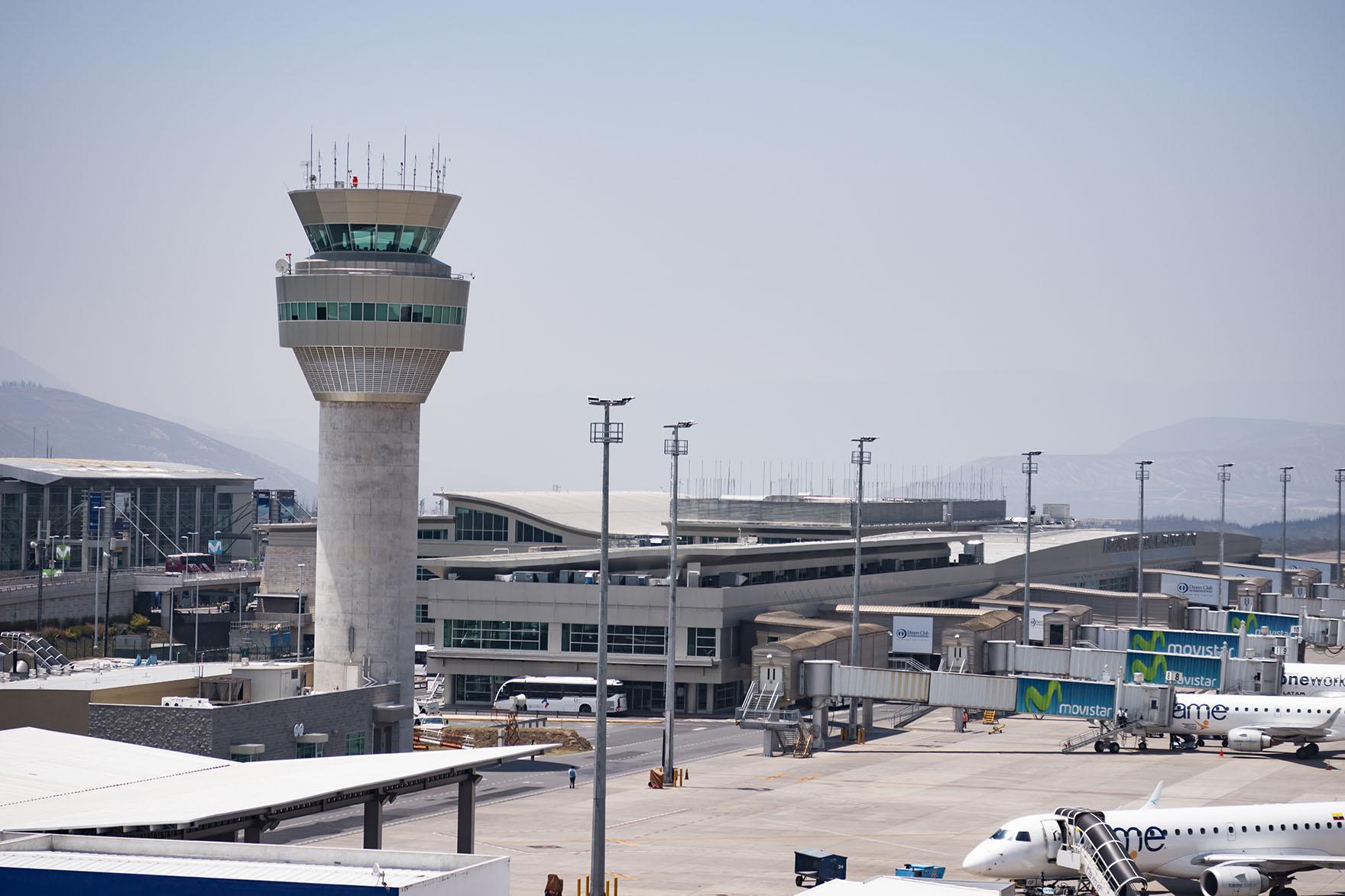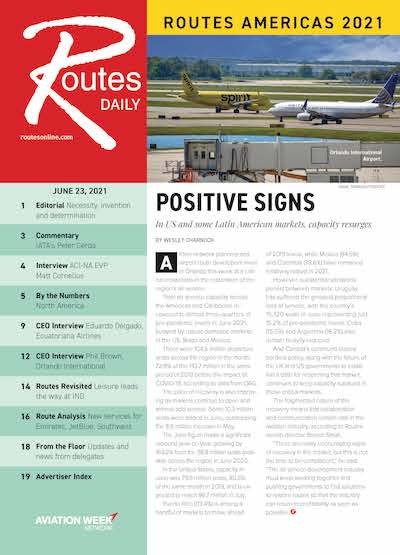
Can you explain more about the launch plans for the airline?
The project initially started back in 2015 but was put on hold because of the economic situation in Ecuador and the existing competition among airlines in the country. However, we decided to reactivate the plan in September 2019—obviously without the foresight of what was about to happen in 2020.
Although there were clear concerns when the tidal wave of the pandemic hit, our advisers encouraged us to push ahead, believing that there could be a big opportunity for a new airline in Ecuador. That now appears to be the case, especially with the demise of TAME and LATAM Airlines Ecuador’s Chapter 11 process.
We’ve already completed various stages of the launch procedure and are now working towards securing our AOC before we can begin commercial operations. We’re hopeful the AOC should be in place by October at the latest, so we are able to begin flying later that month.
What will the operational model be?
We’re going to be a hybrid carrier flying 78-seat Dash 8-400s, which is the most suitable and efficient aircraft for the routes we intend to fly. Our costs will therefore be lower, and we’ll be able to pass the savings on to our customers.
However, while we will have low fares and keep a tight control on our costs, there will also be a legacy element. The Ecuatoriana de Aviación brand that came before us was a legacy carrier and the national airline of Ecuador—if we’re going to have the same name, we want to respect that and uphold the services people remember the airline for. We’re not just representing our current passengers; we have a duty to everyone who flew with Ecuatoriana in the past to make sure we live up to the memories they cherish.
So why did you decide to revive the Ecuatoriana brand rather than starting afresh with a new name?
The original Ecuatoriana that was around until 1993 was a beloved airline. When we were deciding on the name, we carried out a survey and found two things—either people had no knowledge of the airline or else they had very fond memories. There were no negative connotations, just an enormous amount of goodwill. The name brought back memories of trips to Disney or New York with their families, particularly for millennials. Ecuatoriana de Aviación also never had an accident, and that’s another thing people remember.
Given the reduction in capacity caused by TAME’s exit and the restructuring of other airlines, how big of an opportunity is there in Ecuador right now?
There’s a huge opportunity but not just because of the reduction in service. If you look at Copa Airlines’ model, they connect passengers north and south but very few actually stay in Panama. Our geographical location means that Ecuador can also be a big connecting market like that, but we are also a fantastic destination that people want to visit. What routes do you intend to fly? Ecuador has a very unique problem.
Since TAME’s demise in May 2020, many airports have been left with very few commercial flights, and some have none at all. LATAM and Avianca have also reduced their schedules so there is very limited service in Ecuador right now.
Our first phase of expansion will cover six cities in Ecuador, like Cuenca, Loja and Manta, with the second phase adding seven more. Further down the line we plan to add flights to the Galapagos Islands and then start looking at transborder routes to Peru and Colombia. Longer international flights will come later. However, the domestic market will be our main focus for the first two years at least, primarily from Quito.
Is your network going to be similar to TAME’s former domestic route map?
There will be some overlap of course, but we’ll be introducing new routes that have never been flown before. And we’ll be able to make them work because we’ll be flying the right aircraft. Our main competition on many of our routes will be buses. We have to take people off buses and put them in airplanes— similar to what Southwest did in the US and Azul in Brazil. If we can provide a quick, reliable and affordable option, people are going to want to fly in Ecuador rather than spend anything in the region of 14 hours sitting on a bus.
You mentioned international routes are on the agenda. Are you evaluating potential destinations?
We have to ensure we have a well-oiled machine domestically, so that will be the focal point for about two years. That being said, we are being pressured to look at international routes once we have our AOC. There are certain mature routes that we could step into right away and make profitable, such New York. At the moment there’s only JetBlue and Eastern serving the Quito and Guayaquil market nonstop from New York, but we believe the Ecuadorian public would prefer an Ecuadorian airline to take them there.

Routes Daily
Miami is another possibility, but we’d be competing with American Airlines, so we’d have to look at other points where American doesn’t fly from to be competitive.
Cargo is also really hot right now so we’re also seeing big demand there, particularly for perishable goods like flowers, fruit and vegetables.
The Dash 8-400’s range wouldn’t take you to New York. Are you in the market for additional aircraft?
We’re looking at the Airbus A330. The market right now is so favorable— and there’s even room to negotiate further. I also have pilots who have flown the A330 and mechanics that have worked on it. So, it starts to make sense to look at that aircraft. But we’re not going to jump into anything right away—my personal timeline is that North America is five years down the line, but we could do something sooner if the right opportunity arises, subject to securing the necessary permissions.
Would you consider codeshares with other airlines once you’re operational?
That’s actually one of the cornerstones of our strategy. Quito Airport (pictured) has done a phenomenal job to secure new international services from the likes of Aeromexico, KLM and Condor. But passengers basically arrive in Quito and their connecting point is a yellow cab outside the terminal because there’s no way of getting to other places in Ecuador. We therefore want agreements with overseas carriers as it’ll work for both parties. We’re already talking to Plus Ultra, the Spanish carrier, as they see the benefits of having a codeshare inside of Ecuador.
Main photo credit: Quiport
Headshot photo credit: Ecuatoriana Airlines
